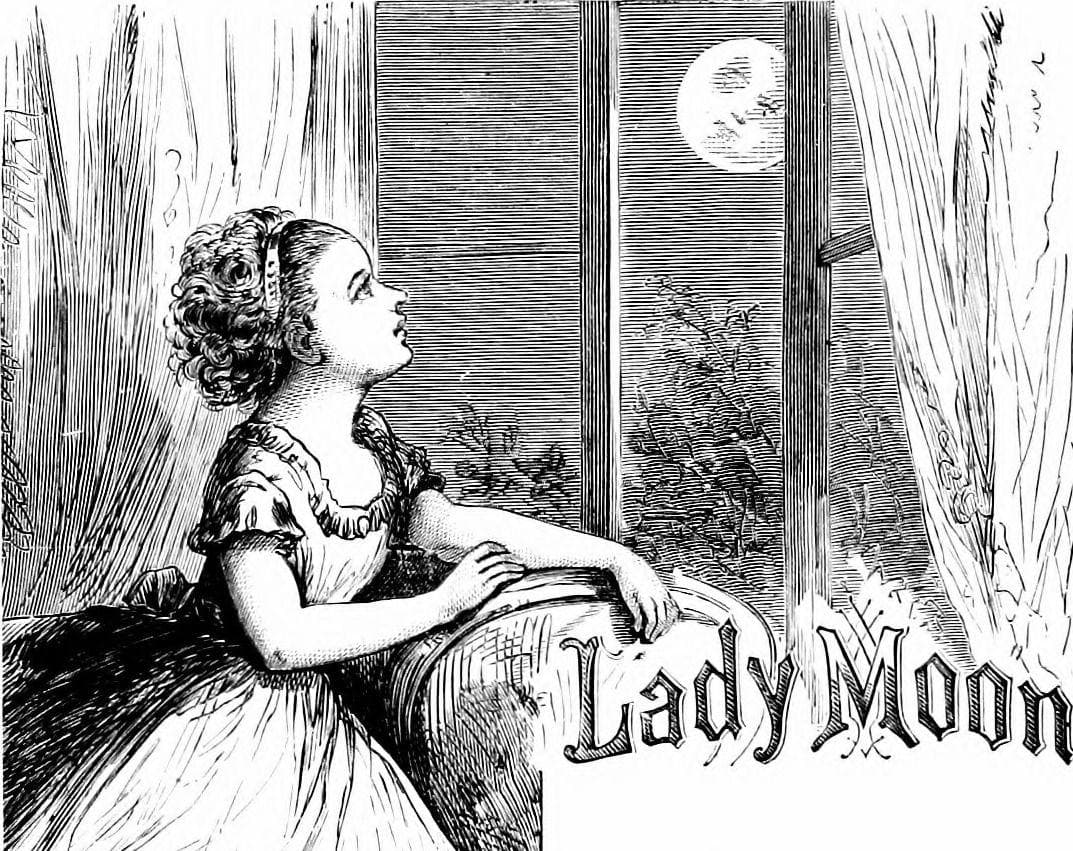-
(#7) Panniers
Panniers (from the French word "panier," meaning "basket") were popular in the 17th and 18th centuries. The boxed petticoat expanded the width of skirts and dresses, and stood out on either side of the waistline. Panniers varied in size and were made of whalebone, wood, metal, and sometimes reeds. Extremely large panniers were worn mostly on special occasions and reflected the wearer’s social status. Servants wore smaller hoops. Two noblewomen, however, couldn’t walk through an entrance at the same time or sit on a couch together. The device was also uncomfortable, limiting movement and activity.
The expansive pannier sparked ridicule. A satirical article in The Gentleman’s Magazine, written in 1750, portrayed women as being sick of the burden of the style. "We pass along, as it were, balancing between two scales. Every person we meet, every post we pass, and every corner we turn, incumber [sic] our way, and obstruct our progress. We fit in a chair hid up to our very ears on either side, like a swan with her head between her lifted wings. The whole side of a coach is hardly capacious enough for one of us," a passage read.
-
(#6) Breast Flatteners
During the Roaring '20s, the hourglass shape gave way to the boyish flapper figure and underwear got an overhaul. The goal of every undergarment was to flatten the breasts and torso, so that flapper dresses could hang straight down without any curvaceous interruptions.
Corset-makers R. & W.H. Symington invented a garment, the Symington Side Lacer, that would flatten the breasts. The wearer would slip the garment over her head and pull the straps and side laces tight to smooth out curves. Other manufacturers designed similar devices. The Miracle Reducing Rubber Brassiere was "scientifically designed without bones or lacings," while the Bramley Corsele combined the brassiere and corset into one piece that easily layered under dresses.
-
(#3) Codpieces
15th and 16th century men sought to accentuate their packages with codpieces. They were often made of padded cloth or embroidered fabric, though metal codpieces were also worn. Held in place with buttons, strings, or ties, the codpiece was designed to draw praise and raise a man’s profile. Even the name was knowingly bawdy - "cod" was slang for scrotum.
But French philosopher Michel de Montaigne wasn’t having it, calling out the hypocrisy of the device. In the 1580s, he deemed the codpiece "an empty and useless model of a member that we cannot even decently mention by name, which however we show off and parade in public."
Codpieces eventually fell out of fashion as doublet styles changed and breeches became more billowing.
-
(#12) Chopines
In the 16th century, noble ladies were mad for the extreme platform shoes known as chopines. They were made mostly from wood or cork covered in leather, brocade, or jewel-embroidered velvet. These shoes were worn as a sign of one’s social status, with higher shoes meaning a higher standing.
Chopines made the wearer wobbly on their feet. Women would sometimes require assistance to venture out in their extra tall shoes.
-
(#16) Muslin Dresses
Popularized by Marie Antoinette, the muslin dress was sheer and quite risqué. It embodied a new age at French court where women showed off more skin - but it was dangerous to wear in the dead of winter, since the thin fabric offered little insulation. Rumor had it that some women even wet down the dress with perfumes or water to show off their figure, further exposing themselves to the elements.
Some historians believe the muslin dress lead to the 1803 influenza outbreak in Paris. Many women died of the so-called "muslin disease."
-
(#15) Bloomer Suits
Newspaper editor and temperance advocate Amelia Bloom helped start a of wave of more practical, less constricting clothing in the 1850s. Her temperance newspaper, The Lily, became the place where she and writer and activist Elizabeth Smith Miller promoted the "Bloomer suit." Consisting of trousers under a knee-length skirt with a vest, the Bloomer suit caught on with temperance activists and other like-minded women, causing a major sensation.
Women who wore Bloomer suits were frequently harassed, as the outfit was deemed scandalous. Many in the press and society lamented that the Bloomer suit robbed a woman of her mystery by revealing too much. The Bloomer suit was eventually ridiculed back into the closet, but not before making a mark on fashion.
New Random Displays Display All By Ranking
About This Tool
Even the most fashionable people cannot withstand the impact of some of the stupidest fashion trends in history. Some fashion trends are not only so silly but dumb, some of these trends have even become a symbol of the culture of the times. From the Lotus Shoes in feudal China to the Arsenic Dresses popular in ancient Europe, these dumbest fashion trends are so absurd by today's standards that we can't help laughing and wondering what people were thinking at the time.
We can clearly know that fashion trends are closely related to society and culture. The random tool shows 17 pictures of the dumbest fashion trends in world history that you will be interested in.
Our data comes from Ranker, If you want to participate in the ranking of items displayed on this page, please click here.
















